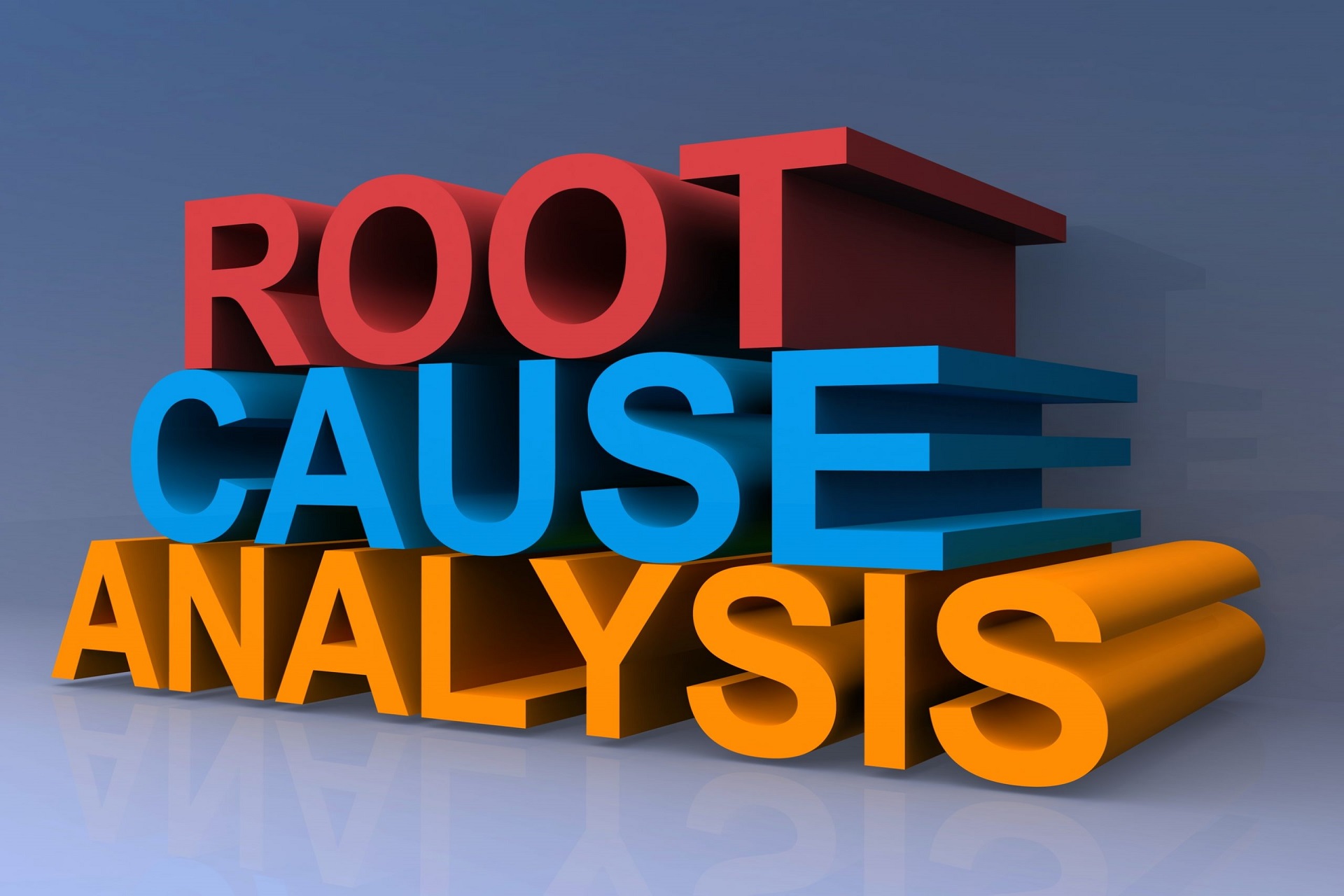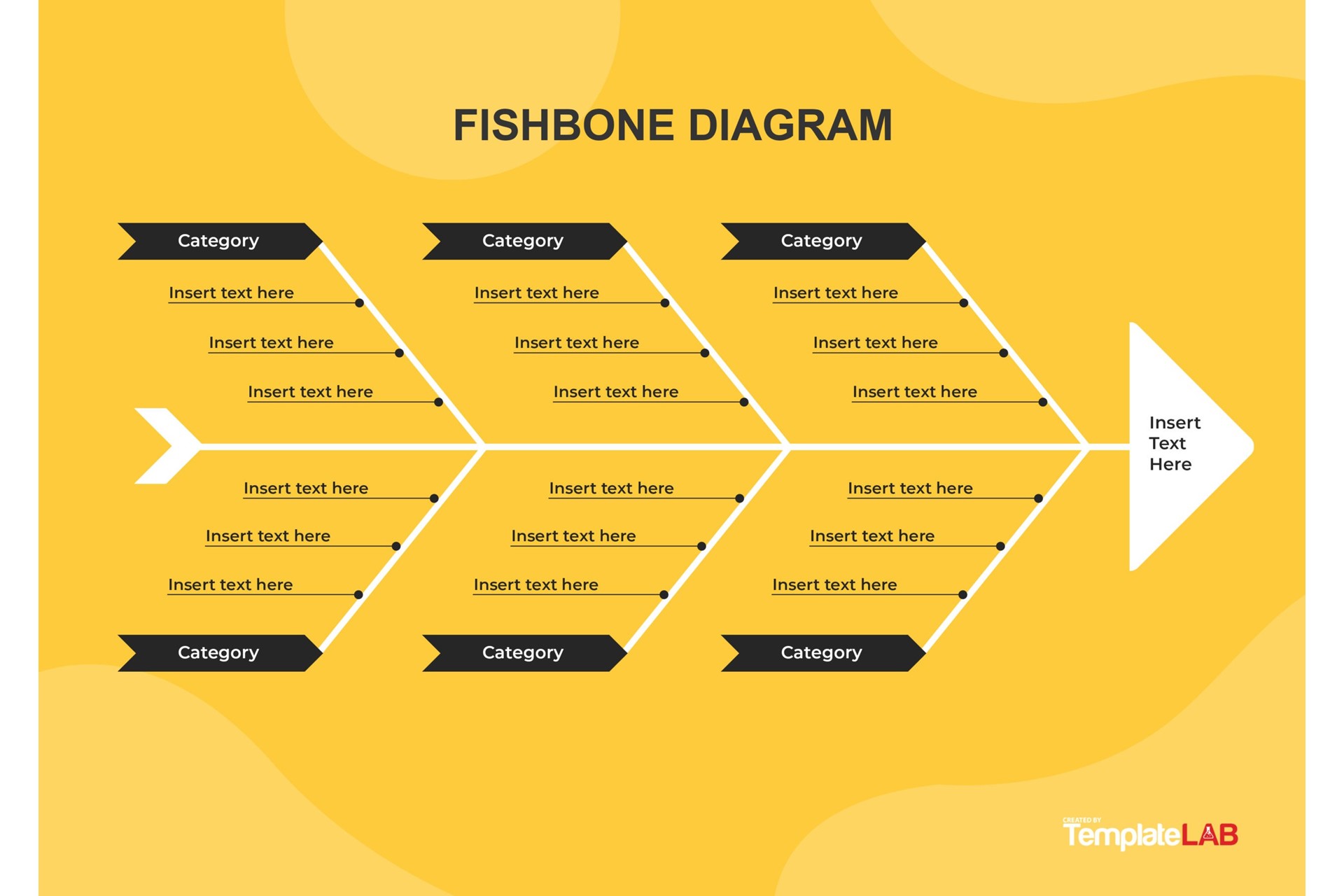Analytical thinking is an essential skill for diagnosing and solving complex problems and making good decisions. One of the simplest tools that can assist us in analytical thinking is the 5W1H. This tool involves systematically asking six questions: who, what, when, where, why, and how. By answering these questions, we can obtain a detailed understanding of a situation, issue, or problem at hand, identify different factors involved, and come up with possible solutions. In this article, we will explore the 5W1H tool for analytical thinking in detail and provide examples of how it can be applied in both the manufacturing and services sectors.
WHO?
Who: Refers to the key players or stakeholders (individuals or groups) involved in a situation, issue, or problem.
For example, consider a manufacturing company experiencing a quality control problem with one of its products. In this case, the “Who” might include: The customers who have purchased the product and may be experiencing defects or other issues; The production line workers who are responsible for assembling the product and ensuring its quality; The quality control team who is responsible for identifying and resolving issues with the product; The company’s management team who is responsible for ensuring overall product quality and meeting customer expectations. Identifying the key players and stakeholders involved in the quality control issue can help the manufacturing company address the problem more effectively and efficiently.
As another example, consider a restaurant chain experiencing a customer service issue with one of their restaurants. In this case, the “Who” might include: The customers who have experienced poor service at the restaurant and may be deterred from returning; The servers and kitchen staff who are responsible for providing service and preparing food; The restaurant manager who is responsible for overseeing operations and ensuring customer satisfaction; The company’s customer service team who is responsible for addressing customer complaints and feedback. Identifying the key players and stakeholders involved in the customer service issue can help the restaurant chain address the problem and improve overall customer satisfaction.
WHAT?
What: Refers to the problem, issue, or situation at hand. What is happening? What is the problem, issue, or situation? What are the possible causes and effects?
For example, consider a manufacturing company experiencing a quality control issue with one of its products. In this case, the “What” might include: The problem – Defective products being produced and shipped to customers; The causes – Faulty machinery or equipment, inadequate training or supervision of production line workers, or flaws in the manufacturing process; The effects – Dissatisfied customers, negative impact on the company’s reputation, potential loss of revenue. Identifying the issue and its causes and effects can help the manufacturing company determine the best course of action to address the problem.
As another example, consider a hotel chain experiencing a customer service issue with one of its locations. In this case, the “What” might include: The problem – Customers are complaining about poor service, long wait times, and unclean rooms; The causes – Understaffed or poorly trained employees, inadequate maintenance of the facilities, or a lack of resources to handle peak demand periods; The effects – Negative reviews and ratings, loss of repeat business, and damage to the hotel chain’s reputation. Identifying the issue and its causes and effects can help the hotel chain determine the necessary steps to improve customer service and address the underlying problems.
WHEN?
When: Refers to the timeline or timeframe of the problem, issue, or situation. When did it start? When does it need to be resolved? When are key milestones or deadlines?
For example, consider a manufacturing company experiencing a quality control issue with one of its products. In this case, the “When” might include: When was the problem start date – The company first became aware of the quality control issue three months ago; When is the solution target date – The company needs to resolve the issue within the next month in order to avoid further damage to their reputation and revenue; When are key milestones dates – The company has set a deadline of two weeks from now to identify the root cause of the problem, and another deadline of four weeks from now to implement a solution and resume normal production. Understanding the timeline and deadlines associated with the quality control issue can help the manufacturing company allocate resources and develop an action plan to address the problem.
As another example, consider a retail chain is experiencing a problem with slow inventory turnover at one of their stores. In this case, the “When” might include: When was the problem start date – The slow inventory turnover has been a persistent issue at the store for the past six months; When is the solution target date: The retail chain would like to see a significant improvement in inventory turnover within the next three months; When are key milestones dates: The store manager has set a deadline of one month from now to conduct a comprehensive inventory analysis and identify areas for improvement. The retail chain has also set a deadline of three months from now to see a measurable improvement in inventory turnover. Understanding the timeline and deadlines associated with the slow inventory turnover issue can help the retail chain develop a strategy to increase sales and improve profitability.
WHERE?
Where: Refers to the context or location of the issue, problem, or situation. Where it happened or is happening? Where are the key players located? Where are the resources which may be required to resolve it?
Consider the example of a manufacturing company experiencing a problem of supply chain disruption that is impacting its ability to meet production deadlines. In this case, the “Where” might include: Where is the problem location – The supply chain disruption is happening at the company’s primary supplier’s factory in a different country; Where is the key players’ location – The company’s supply chain team is located in their headquarters in the United States, while the supplier’s factory is located in Asia; Where is the location of the resources needed to solve the problem – The company will need to coordinate with their supplier, logistics partners, and internal teams to resolve the supply chain disruption. Understanding the location and context of the supply chain disruption can help the manufacturing company develop a coordinated response plan to minimize the impact on their production schedule.
As another example, consider a hotel chain experiencing an issue of low occupancy rates at one of their locations. In this case, the “Where” might include: Where is the problem location – The low occupancy rates are occurring at a hotel located in a popular tourist destination; Where is the location of the key players- The hotel’s management team is located on-site, while the marketing and sales teams are located at the hotel chain’s headquarters in a different city; Where is the location of the resources needed to solve the problem – The hotel will need to work with their marketing and sales teams to develop and implement a targeted marketing campaign to attract more guests to the hotel. Understanding the location and context of the low occupancy rates can help the hotel chain develop a strategy to increase bookings and improve profitability at the underperforming property.
WHY?
Why: Refers to the underlying causes behind the problem and motivation to solve it. Why did the issue or problem occur? Why is it important to solve it? Why are certain actions recommended or being taken or not taken?
For example, consider a manufacturing company experiencing high defect rates in a product line. In this case, the “Why” might include: Why did the problem occur – Upon investigation, it is discovered that a component from a new supplier is not meeting the company’s quality standards; Why is it important to solve it – The high defect rates are leading to increased rework, production delays, and customer complaints, which could ultimately impact the company’s reputation and bottom line; Why are certain actions being taken or not taken – The company has decided to discontinue using the component from the new supplier and to work with a different supplier who can provide higher quality components. Understanding the underlying reasons for the high defect rates can help the manufacturing company develop a targeted solution that addresses the root cause of the problem.
As another example, consider a healthcare organization experiencing low patient satisfaction scores for their primary care clinics. In this case, the “Why” might include: Why did the problem occur: Patient feedback surveys indicate that patients feel rushed during appointments and do not feel that their concerns are being fully addressed; Why is it important to solve it – Low patient satisfaction scores could lead to decreased patient retention and a negative impact on the organization’s reputation; Why are certain actions being taken or not taken – The healthcare organization has decided to implement longer appointment times for primary care physicians and to provide additional training to help physicians improve their communication skills with patients. Understanding the underlying reasons for the low patient satisfaction scores can help the healthcare organization develop a targeted solution that addresses the root cause of the problem and improves the patient experience.
HOW?
How: Refers to the strategies, actions, and solutions required to address the issue or problem. How can the issue or problem be solved? How can the required resources be obtained? How can progress be monitored, measured and evaluated?
For example, consider a manufacturing company experiencing high defect rates in a product line. In this case, the “How” might include: How can the problem be solved – The company can implement a quality control program that includes increased inspections of the new component, as well as a review of the manufacturing process for the product line; How can the necessary resources be obtained – The company can work with its current suppliers to source higher quality components, or identify new suppliers who can provide the required components; How can progress be measured and evaluated – The company can track defect rates over time to monitor the effectiveness of the quality control program and evaluate whether changes need to be made. Understanding the strategies, actions, and solutions needed to address the high defect rates can help the manufacturing company develop a targeted plan of action to improve product quality.
As another example, consider a healthcare organization experiencing low patient satisfaction scores for their primary care clinics. In this case, the “How” might include: How can the problem be solved – The healthcare organization can implement longer appointment times for primary care physicians, as well as provide additional training for physicians to improve their communication skills with patients; How can the necessary resources be obtained – The healthcare organization can allocate additional funding to support longer appointment times and provide training resources for physicians; How can progress be measured and evaluated – The healthcare organization can track patient satisfaction scores over time to monitor the effectiveness of the changes and evaluate whether additional actions need to be taken. Understanding the strategies, actions, and solutions needed to address low patient satisfaction scores can help the healthcare organization develop a targeted plan of action to improve the patient experience.
The 5W1H is a powerful tool for analytical thinking that can help us to effectively solve problems and make informed decisions. By asking and answering the six key questions of who, what, when, where, why, and how, we can gain a comprehensive understanding of the situation, identify the root cause of a problem, and develop targeted solutions. By incorporating the 5W1H tool into our problem-solving and decision-making processes, we can improve our analytical thinking skills and achieve better outcomes.



